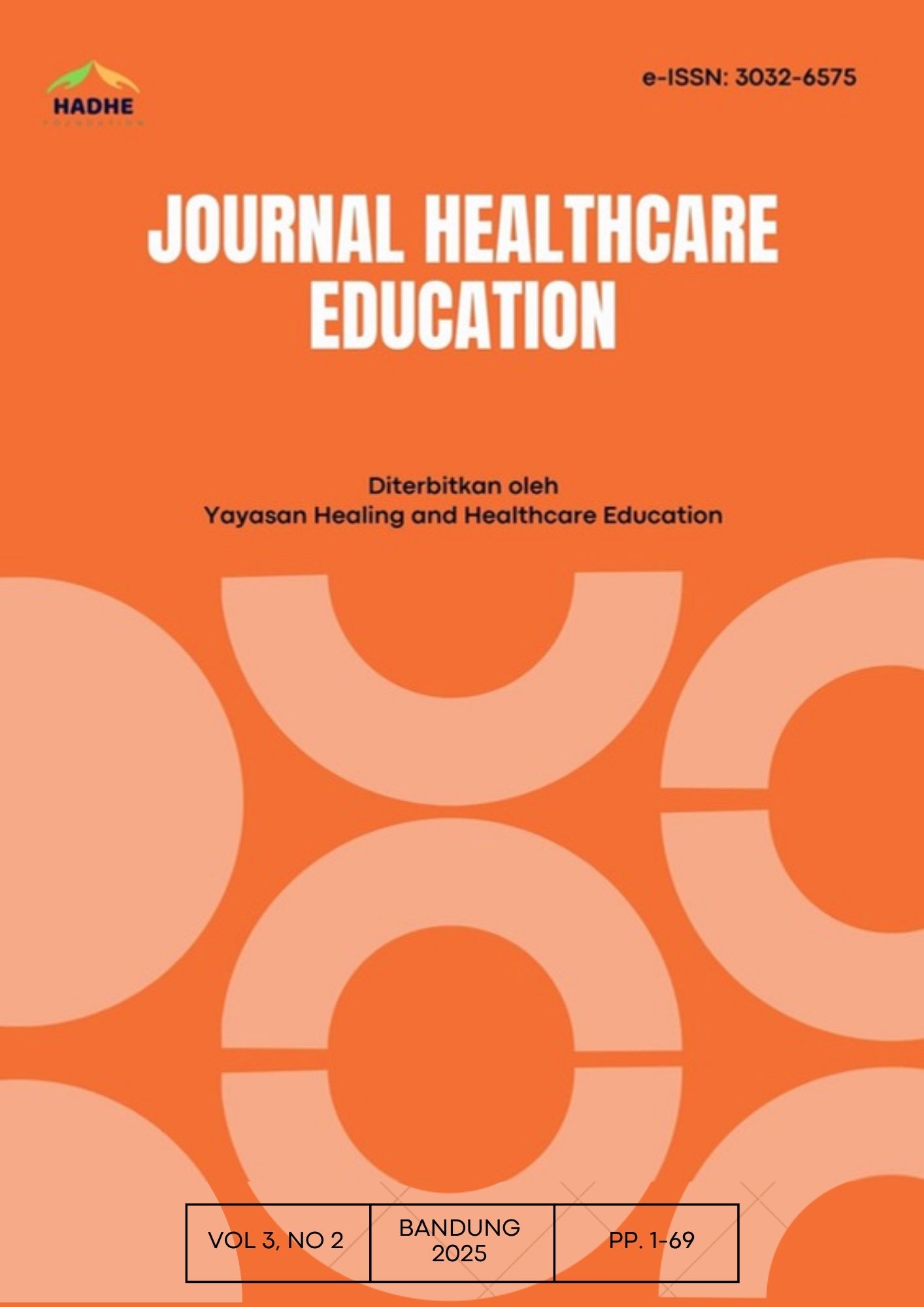BIBLIOMETRIC ANALYSIS: E-COUNSELING FOR FAMILIES OF ELDERLY INDIVIDUALS AT RISK OF FALLING
DOI:
https://doi.org/10.1234/jhce.v3i2.109Keywords:
E-counseling, elderly family, fall risk, bibliometric analysis, fall preventionAbstract
This study employs a descriptive quantitative method with a bibliometric approach to analyze research trends related to fall prevention in the elderly. E-counseling, as an innovative approach to fall prevention, has not been widely explored in previous studies. Data indicate that approximately 30–40% of older adults experience falls each year, and 50% of them suffer recurrent falls, which may lead to serious injuries or even death. The bibliometric analysis was conducted to identify key keywords, research trends, and inter-topic relationships within the existing literature. The network visualization results show that topics such as “Prevention Program,” “Knowledge,” “Nurse,” and “Technology” are major focuses in this field of research. The role of technology and family support was also identified as a crucial factor in fall prevention strategies. The proximity of nodes in the network indicates that these keywords frequently co-occur in publications, reflecting strong interconnections among these topics in the context of fall prevention in the elderly. The importance of research on e-counseling for families of elderly individuals at risk of falling lies in its potential to provide emotional support and relevant information to help families manage fall risks. Through e-counseling, families can be better prepared to provide necessary care, enhance the safety of the home environment, and understand the specific risk factors faced by older adults. This study is expected to serve as a foundation for the development of more effective and targeted e-counseling programs, ultimately improving the quality of life and safety of the vulnerable elderly population.
Downloads
Downloads
Published
Issue
Section
License
Copyright (c) 2025 Lina Safarina, Achmad Setya Roswendi

This work is licensed under a Creative Commons Attribution-ShareAlike 4.0 International License.










